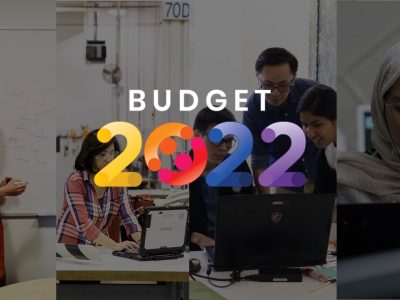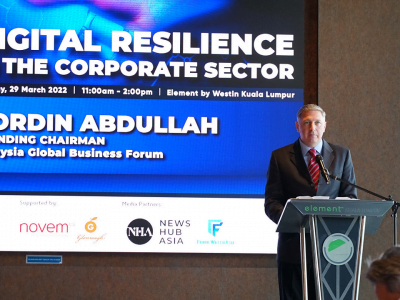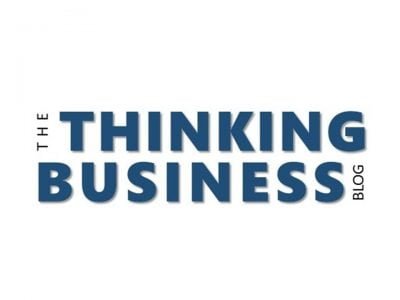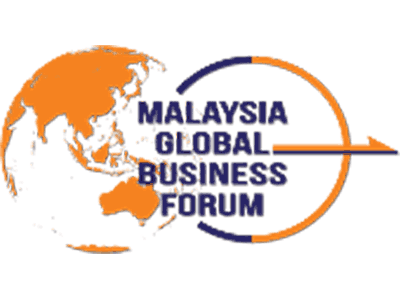 “As companies struggle to understand the impact of shifting economic markets around the world, boards of directors are up against some very tough governance and strategic challenges,” says Susan C. Keating, CEO of WomenCorporateDirectors (WCD). “The risks around innovation, company culture, and geopolitical changes will continue to make shareholders and regulators press for more accountability on boards – blame is getting pushed upstream, not down, in today’s organizations.”
“As companies struggle to understand the impact of shifting economic markets around the world, boards of directors are up against some very tough governance and strategic challenges,” says Susan C. Keating, CEO of WomenCorporateDirectors (WCD). “The risks around innovation, company culture, and geopolitical changes will continue to make shareholders and regulators press for more accountability on boards – blame is getting pushed upstream, not down, in today’s organizations.”
Looking to the year ahead, WCD convened top global corporate directors in its EMEA and Asia Institutes this fall, and, from those and other discussions, identified ten ways boards are seeking to mitigate risk today:
- Collaborating with regulators. “So often, especially in financial services, there is this muscle memory about avoiding regulators,” says Adrienne Harris, Chief Business Development Officer and General Counsel of States Title, Inc., and former Special Assistant to the President for Economic Policy at the White House National Economic Council, where she managed the financial services and housing finance portfolio for the Obama Administration. “For banks and other institutions looking to innovate, the better course is to be proactive with regulators. Go to the regulators, talk about what you’re doing, and get guidance. Before you file a single piece of paper, socialize the idea with them and understand their perspectives.”
- Finding opportunity in overseas investment efforts. “Even with great geopolitical upheaval, there are cross-border initiatives happening that provide significant opportunity for companies,” says Ai Ai Wong, Singapore-based deputy chair of the Asia Pacific Region for Baker Mackenzie and member of the firm’s global executive committee. “China’s Belt & Road Initiative – creating infrastructure links throughout Asia, the Middle East, eastern Africa, and Europe – is driving enormous outbound investment from China. The project has China turning to partnerships with enterprise like never before to assist with funding and operational expertise. While certain markets across the world remain risky question marks as far as growth potential, companies in everything from real estate and utilities to consumer goods, tourism, and financial services can still find opportunity.”
- Rethinking fintech. Big banks and technology companies have changed their view of financial technology and its disruption, says Keating. “Ten years ago, they were concerned about how their business models around payments, lending, wealth management, and insurance would change with the introduction of new technology tools and applications.” Maggie Hanson-Muse – Minister Counselor for Commercial Affairs, ASEAN, part of the U.S. Department of Commerce – observes that, today, financial institutions have moved away from this fear toward an embracing of fintech, as these technologies are critical to enhancing the customer experience, opening new channels, and improving productivity. Both Keating and Hanson-Muse see that in buying or building fintech themselves, these firms are really thinking of themselves as big fintech companies, and adapting their models to the new reality.
- Taking ownership of reputation issues. “Reputation needs to be managed proactively, and, historically, that really wasn’t the way organizations worked,” says Maya Makanjee, non-executive director at AIG South Africa Limited, AIG Life South Africa Limited, Tiger Brands Limited, and Mpact Limited. “While issues used to be passed off to someone in corporate affairs or communications to manage, today a large number of organizations acknowledge that reputation management is integral to a company’s risk management practices. Smart boards are asking, ‘What are we doing to ensure that our reputation remains intact? What are the risks that we face as an organization?’ This has to be an ongoing conversation, as the landscape around traditional media, social media, and public perception changes very quickly, especially as technology allows instantaneous information accessibility.”
- Going above and beyond compliance. “How do you ensure the continuous belief of your stakeholders that you keep to your strategic promises? Transparency about which expectations of your stakeholders you intend to meet – and which you will not – is one of the conditions to mitigate the growing disconnect between the expectations society has on companies as corporate citizens and the promises we as companies make to our stakeholders,” says Netherlands-based Monique van Dijken Eeuwijk, counsel and chair of the Benelux Sector Team Professional Services Firms, NautaDutilh. “Transparency and knowing how you are perceived in society require you to engage in a proper stakeholder dialogue. Even though, as lawyers, we intend to look at the laws and the regulations as our key guidance, solely complying with the laws and regulations doesn’t suffice anymore. Transparency and perception are both essential for a company to take into account, also from a legal perspective, when trying to maintain stakeholder trust and create long term value.”
- Understanding employees as your best – and worst – PR agents. “If a company has done something wrong, it must pay attention to what the employees are saying in the situation,” says Hixonia Nyasulu, founder and executive chairman, Ayavuna Women’s Investments, and non-executive director at Unilever. “They are the ones in the cold, stark face of your customers and often know the truth of what happened. In this way, they can support your story on the front lines through social media, and can be your best ambassadors. But if you’re trying to push something under the carpet, employees can use social media to be your worst enemy. This is a critical stakeholder group that must increasingly be managed and heard during even the smallest of incidents.”
- Swallowing lower returns. “Balancing short-term and long-term results is a constant challenge for boards,” says Marina Brogi, director, Luxottica Group and Salini Impregilo. “We have to understand when we need to de-risk our portfolio by pursuing businesses that may have lower potential returns in the short term. The market can react negatively to that, but staying strong and sticking to this less-risk/lower-return strategy can absolutely be the right decision. Getting comfortable with the risk-reward trade-off can strengthen companies and result in higher credit ratings in the long run.”
- Getting comfortable engaging with investors. “Many boards want to maintain distance from their investors, feeling that if they share more information, they put themselves at risk,” says Jen Braswell, Director of Corporate Strategy at the CDC Group plc, the UK government’s Development Finance Institution. “But this is shifting. Investors need to feel in alignment with the board, and that requires transparency and dialogue with directors, not just management. Boards can help communicate the strategy and what the company hopes to achieve from a return point of view, from an impact point of view, and from a value creation point of view.”
- Creating a stakeholder engagement plan. “Activist campaigns are going strong, with larger targets in their sights, and having a good stakeholder engagement plan in place is an absolute must,” says Marlene Uetz, managing director at I.J. Martin & Co Pte Ltd, Singapore and a director at I.J. Martin & Co Ltd, Switzerland. “This requires four key elements. First, it’s about building a task force of the right people for your organization. The second piece is analyzing your shareholder structure and categorizing them as friendly, neutral, or hostile. Third is about minimizing your existing weaknesses. Think like an activist and ask yourselves, ‘Do we have undervalued shares, weak leadership, poor strategy, or excess cash?’ And, finally, it’s about communicating your message consistently, internally and externally, over and over again. More than anything, you have to get your stakeholders excited about your story.”
- Driving a culture of innovation. “Whereas we used to look at technology to support different parts of the business – such as HR, finance, or sales and services – now technology drives the business,” says Nilsa Guerrero-Mahon, director at NioCorp Developments, LTD; vice chair of the board of Centura Health Mountains & North Denver Operating Group; and co-chair of WCD’s chapter in Puerto Rico. “Before we make changes in technology, we need to shape the culture to make it more of a culture of innovation. If we don’t have that, it will be very difficult to implement a digital transformation strategy to maximize the use and benefits of technology. It’s not only about the culture within the board itself, but also the culture within the senior leadership and their teams.”
 About WomenCorporateDirectors Education and Development Foundation, Inc.
About WomenCorporateDirectors Education and Development Foundation, Inc.
The WomenCorporateDirectors Education and Development Foundation, Inc. (WCD) is the only global membership organization and community of women corporate directors. A 501(c)(3) not-for-profit organization, the WCD Foundation has 80 chapters around the world. The aggregate market capitalization of public companies on whose boards WCD Foundation members serve is over $8 trillion. In addition, WCD Foundation members serve on numerous boards of large private and family-run companies globally. For more information visit www.womencorporatedirectors.org or follow us on Twitter @WomenCorpDirs, #WCDboards.


































